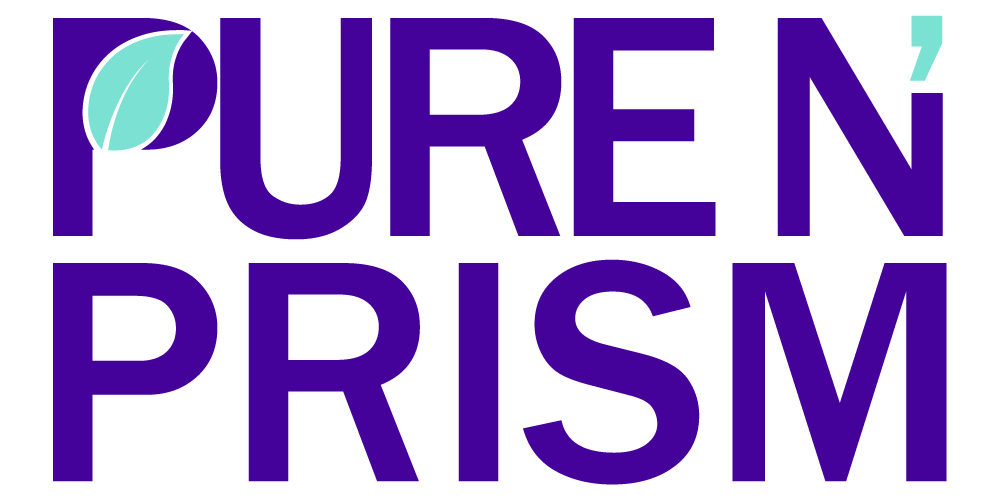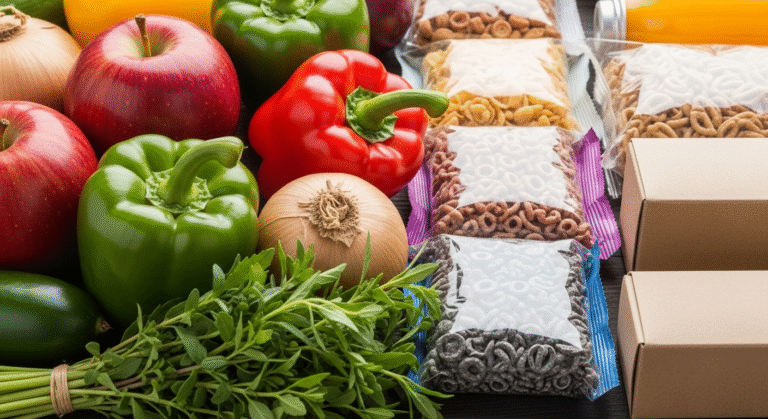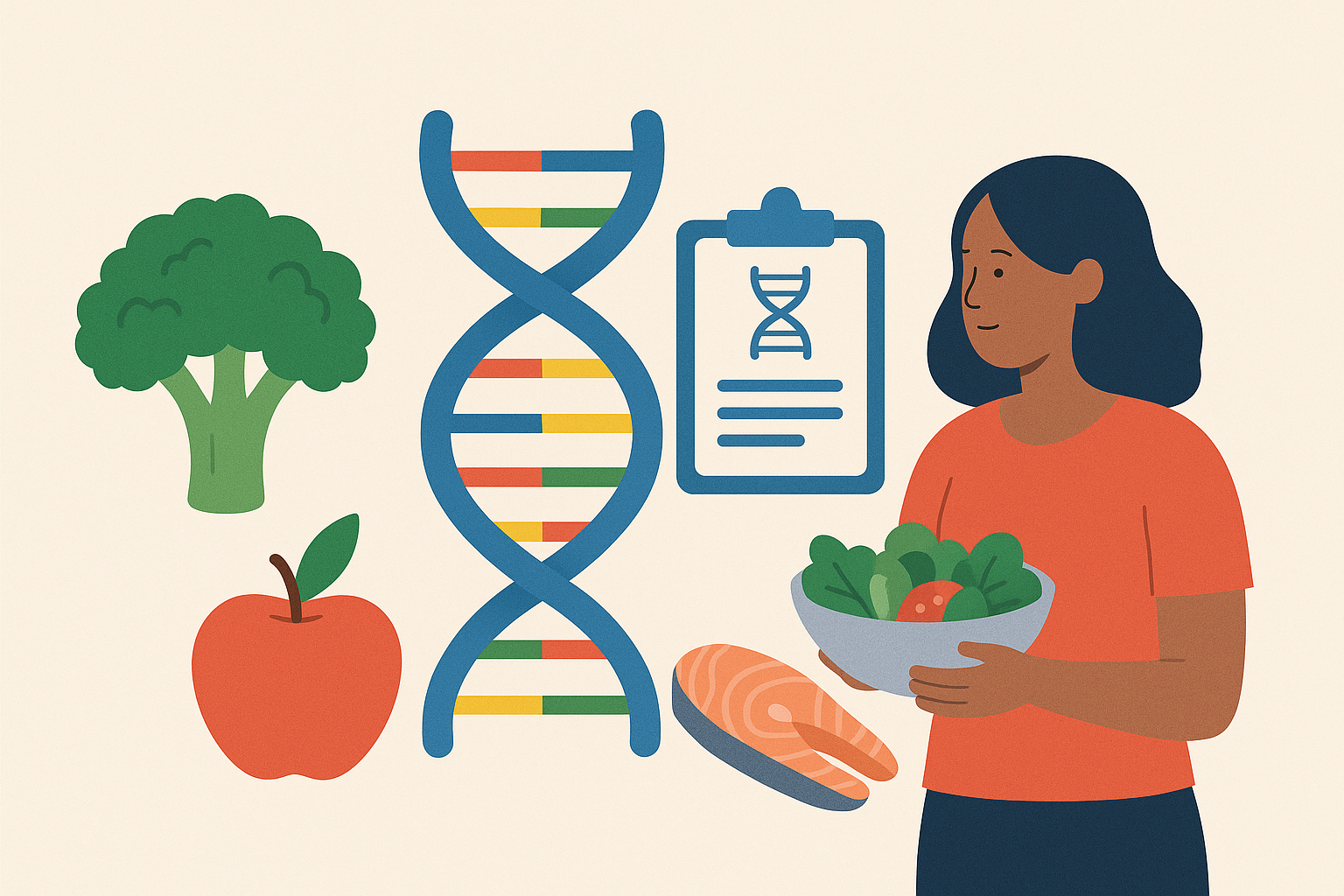Meta Description: Transform your gut health with sustainable eating practices. Discover fermented foods, plant-based probiotics, and eco-friendly choices that heal your microbiome while protecting the planet.
Introduction: Your Gut + The Planet = A Match Made in Health Heaven
I’ll be honest – a few years ago, I thought “gut health” was just another wellness buzzword. Then I started experiencing digestive issues that left me feeling sluggish and bloated after every meal. My doctor mentioned something about my microbiome, and suddenly I was tumbling down a rabbit hole of research that completely changed how I think about food.
Here’s what blew my mind: the same foods that heal your gut are often the ones that heal our planet too. The role of nutrition in shaping health outcomes by impacting the gut microbiome has become a major focus in 2025, and for good reason. Your digestive system houses trillions of bacteria that don’t just affect your digestion – they influence your immune system, mood, and overall health.
Ready to discover how sustainable eating can transform both your gut and your environmental impact? Let’s dive into the delicious world of gut-friendly sustainable eating that’ll make you feel amazing inside and out.
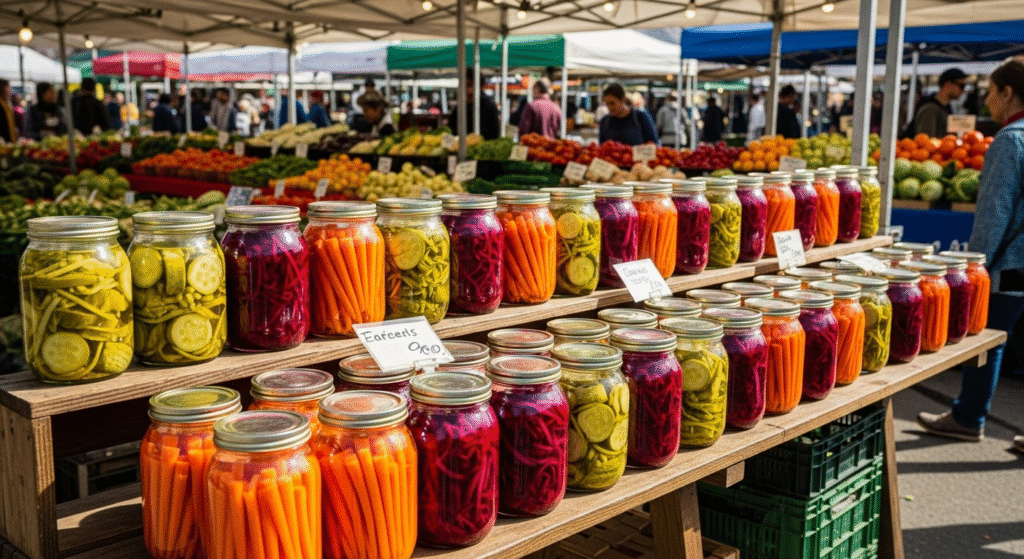
The Gut-Planet Connection: Why Your Microbiome Loves Earth-Friendly Foods
Your gut microbiome is like a bustling city of bacteria, and just like any thriving community, it needs diverse, quality resources to flourish. Naturally fermented foods have been getting the attention of health experts because they contain beneficial probiotics that may help strengthen your gut biome – and guess what? Many of these foods happen to be incredibly sustainable too.
Think about it: fermented vegetables like sauerkraut and kimchi use minimal processing, require no refrigeration during fermentation, and transform simple ingredients into nutritional powerhouses. Recent findings suggest they might be a valuable source of novel probiotic strains, enriched in nutrients and highly sustainable for the environment.
The magic happens because both your gut and the planet thrive on diversity. A varied diet rich in plant-based foods feeds your beneficial bacteria while reducing your carbon footprint. It’s a win-win that tastes incredible and makes you feel energized.
Fermentation Station: Your Gateway to Gut Health and Sustainability
Let me share my favorite discovery from my gut health journey: fermented foods are absolute game-changers. Fermented foods can benefit your health in a variety of ways, such as improving digestion and lowering your risk for certain diseases, like type 2 diabetes and heart disease.
Top Sustainable Fermented Foods for Your Gut:
Homemade Sauerkraut and Kimchi: I started making my own using just cabbage, salt, and time. It’s incredibly cost-effective and reduces packaging waste. Plus, homemade versions often contain more diverse bacterial strains than store-bought options.
Water Kefir: Water kefir is a fermented beverage made from water, sugar, and kefir grains. Unlike milk kefir, which is dairy-based, water kefir is wholly plant-based, making it suitable for vegans. I’ve been loving this refreshing probiotic drink, and the kefir grains can be reused indefinitely – talk about sustainable!
Tempeh and Miso: These fermented soy products are protein powerhouses with minimal environmental impact compared to animal proteins. I use miso in everything from salad dressings to soup bases.
For anyone wanting to start fermenting at home, I can’t recommend the Mortier Pilon Fermentation Crock enough. It makes the process foolproof and creates that perfect anaerobic environment your vegetables need to transform into probiotic gold.
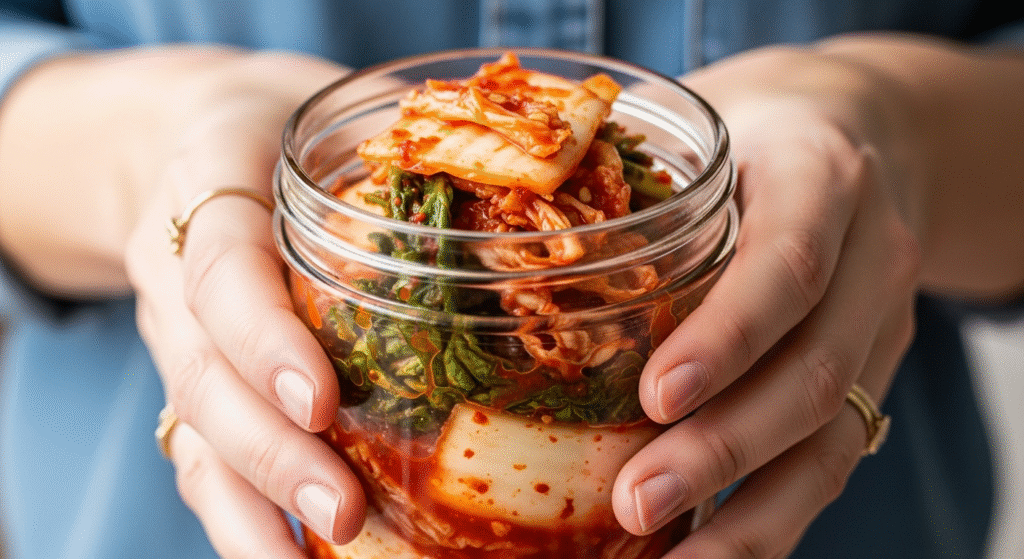
Plant-Powered Prebiotics: Feeding Your Gut Garden Sustainably
Here’s something that surprised me: It’s also wise to eat plenty of prebiotic foods and high-fiber foods daily (such as artichokes, bananas, onions and other plants), which help “feed” probiotics in the gut. These prebiotic foods are like fertilizer for your beneficial bacteria.
My Go-To Sustainable Prebiotic Foods:
Seasonal Root Vegetables: Jerusalem artichokes, garlic, onions, and leeks are prebiotic superstars that store well and often grow locally. I buy them in bulk from my local farmer’s market.
Resistant Starch Champions: Cooled potatoes, green bananas, and oats contain resistant starch that your gut bacteria absolutely love. I prep roasted potatoes on Sundays and eat them cold throughout the week – they’re surprisingly delicious!
Fiber-Rich Legumes: Beans, lentils, and chickpeas are sustainable protein sources that double as prebiotic powerhouses. They’re also incredibly budget-friendly and versatile.
The beautiful thing about focusing on plant-based prebiotics is that they naturally align with sustainable eating principles. They require fewer resources to produce, often grow locally, and provide the complex carbohydrates your microbiome craves.
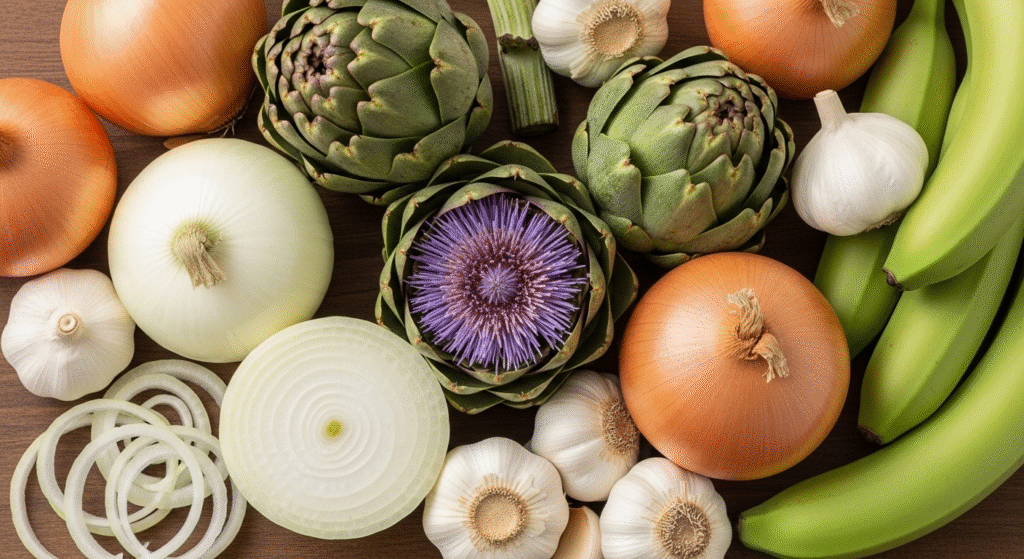
The Sustainable Gut Health Kitchen: Tools and Techniques
Fermentation helps transition to sustainable agricultural systems, and having the right tools makes this transition seamless in your own kitchen. After trial and error, I’ve found a few essential items that make gut-healthy, sustainable cooking effortless.
Essential Sustainable Gut Health Tools:
My Bamboo Cutting Board Set has been a game-changer for prep work. Bamboo is naturally antimicrobial and sustainable, perfect for preparing fermented foods safely.
For anyone serious about gut health, investing in quality storage is crucial. I use Glass Storage Containers for fermenting and storing prepped vegetables. Glass doesn’t leach chemicals and keeps fermented foods fresh longer.
Batch Cooking for Gut Health:
I’ve discovered that preparing gut-healthy meals doesn’t have to be time-consuming. Every Sunday, I batch-cook a variety of prebiotic-rich foods: roasted root vegetables, cooked legumes, and fermented vegetables. This way, I can quickly assemble microbiome-friendly meals throughout the week.
One technique I love is making “microbiome bowls” – I combine different textures and flavors: quinoa or brown rice as a base, fermented vegetables for probiotics, roasted seasonal vegetables for prebiotics, and a tahini or miso-based dressing to tie everything together.
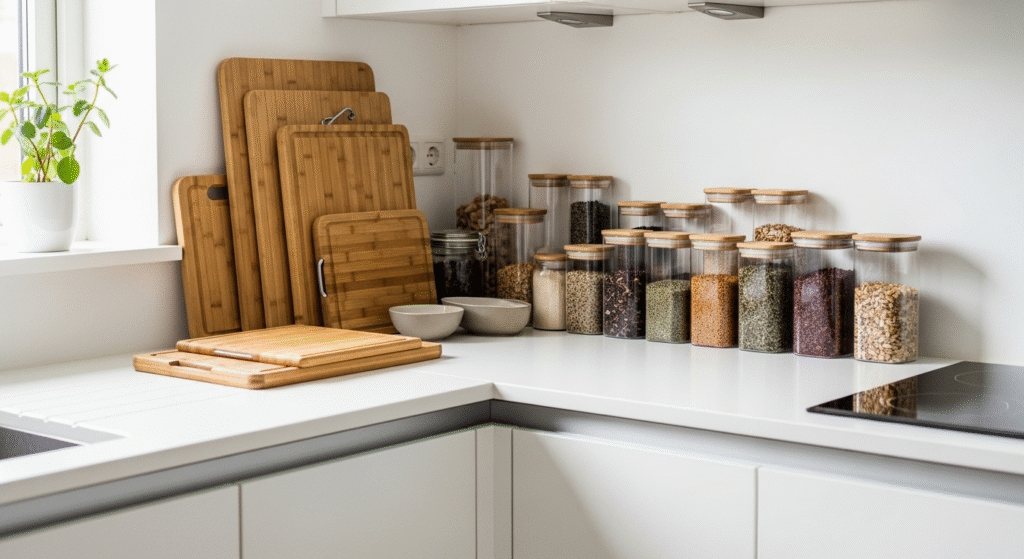
Beyond the Plate: Lifestyle Factors for Gut Health and Sustainability
Your gut health extends beyond just what you eat. New findings highlight the role of gut microorganisms in the gut emerge as a potential determining factor for understanding the links between stress response and brain function.
Sustainable Lifestyle Practices for Gut Health:
Mindful Eating: Slowing down during meals aids digestion and helps you tune into your body’s hunger cues. This naturally reduces food waste and improves nutrient absorption.
Seasonal Eating: Eating foods that are in season locally supports both your microbiome diversity and reduces environmental impact. I’ve noticed my digestion improves when I align my eating patterns with nature’s rhythms.
Stress Management: Chronic stress disrupts your gut bacteria. I’ve found that activities like gardening (which connects you to your food sources) and walking in nature provide stress relief while reinforcing your connection to sustainable living.
Adequate Sleep: Your gut bacteria follow circadian rhythms too. Maintaining consistent sleep patterns supports both gut health and gives you energy for sustainable practices like meal prep and gardening.
Making It Practical: Your 7-Day Gut-Friendly Sustainable Meal Plan
Here’s what a week of gut-friendly sustainable eating looks like in my kitchen:
Monday: Overnight oats with kefir and seasonal berries, lentil soup with fermented vegetables Tuesday: Smoothie bowl with prebiotic-rich green banana, kimchi fried rice with tempeh Wednesday: Miso soup with seaweed, roasted root vegetable salad with sauerkraut Thursday: Chickpea flour pancakes, gut-healing bone broth with fermented garlic Friday: Fermented vegetable wrap, plant-based curry with resistant starch from cooled potatoes Weekend: Farmers market haul for fresh fermentation projects and seasonal produce prep
The key is keeping fermented foods as condiments and seasonality as your guide. This approach naturally creates variety, which your gut bacteria crave, while supporting local agriculture and reducing your environmental footprint.
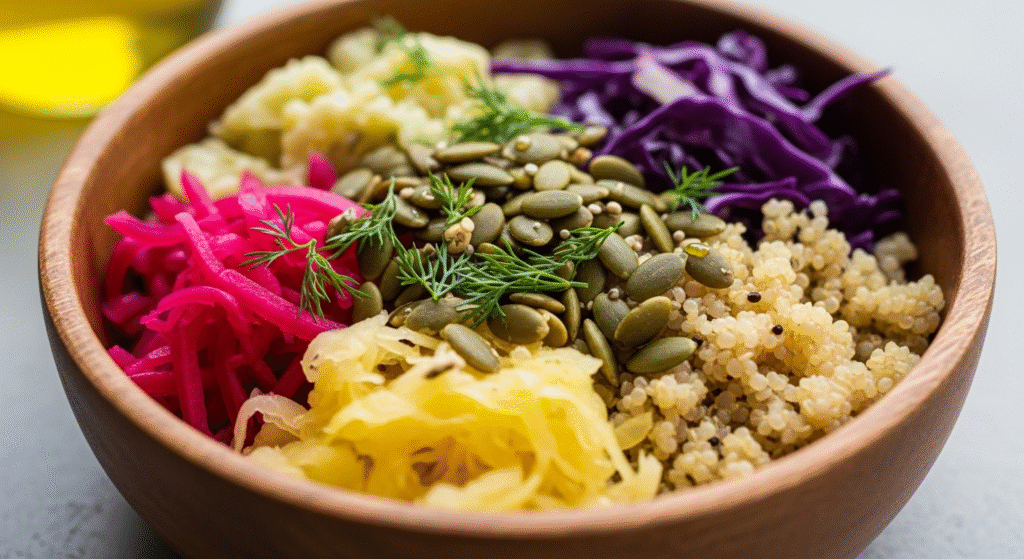
Conclusion: Your Journey to Gut Health and Planetary Wellness Starts Now
Transforming your gut health while caring for the planet isn’t just possible – it’s delicious, affordable, and incredibly rewarding. Research shows that gut health plays a critical role in overall wellness, and the foods that support your microbiome happen to be some of the most sustainable choices you can make.
Start small: add one fermented food to your daily routine this week. Try making your own sauerkraut or water kefir. Visit your local farmers market and pick up some prebiotic-rich root vegetables. Your gut bacteria will thank you, and so will the planet.
Remember, this journey is about progress, not perfection. Every small step toward gut-friendly sustainable eating is a victory for both your health and the environment. Ready to give your gut the love it deserves while showing the planet some care too? Your microbiome adventure starts with your very next meal!

